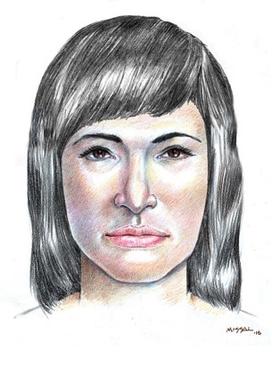Reconditis Mysteriis
Volume Two: The Strange Murder of the Isdal Woman

Oct 28, 2020
Now here is a truly strange case. A tale of espionage, danger, travel and murder, all in the midst of the Cold War. Yet, we know less about this tale than we know about the case of Edgar Allen Poe or Jack the Ripper, whom I will be covering in our next story. Now, pleasantries aside, let’s get to the details.
The Isdal Woman was found Nov. 29, 1970, on a hiking trail near Bergen, Norway by a family of four. She was in formal attire, but the entire front half of her body was burned beyond recognition. Her jewelry was sitting in a neat pile on a rock next to the corpse. All tags and distinguishing marks on her clothes had been removed, and there was a can full of kerosene next to her that had been used to burn her. Around twenty sleeping pills were found in her stomach during the autopsy, so her death was ruled as a suicide.
The next bit of evidence that was found was two suitcases in a train in Bergen. Inside it were more formal clothes with no tags, wigs, a comb, a hairbrush, makeup with no labels, and a pair of prescriptionless glasses with her fingerprints on the lens. There was also a small paper containing a mysterious code that was, at first, thought to be unsolvable.
Somehow, the man who sold her the boots she was wearing when she died recognized the boots and reported to the authorities. With this information, they were able to pinpoint that she had stayed in multiple hotels across Europe. She travelled under multiple names, none of them real, had several passports and spoke multiple languages. She was known to wear fine clothes and faked several different accents.
From this, detectives finally realized that the code on the piece of paper actually contained the locations of the hotels she stayed in and the time that she stayed there.
After all of this, another autopsy was done, this time of her teeth. A special test was done that could determine where she grew up based on the water she drank. The test concluded that she probably grew up somewhere in Norway or possibly somewhere in North America.
After the war had ended multiple imprisoned spies were questioned about the woman, but no one admitted to recognizing her. Much research was done, and more evidence was found and then promptly lost, leaving all of this the only remaining evidence of her murder and who she was. To this day, the case remains open and waiting to be solved.
